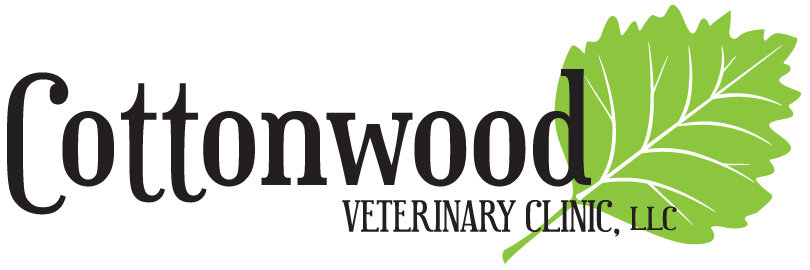by Susan Weidel
Britney and Susan pose in 2012 with Little Red, who Susan adopted after her rescue from Michael Vick's dog fighting ring.
I remember meeting BDAR’s founder Britney Wallesch in the virtual world, long before I met her in person. At the time, we were both active in animal welfare in Wyoming. I was a lawyer living in Laramie and she was a young wife working at a hospital in Cheyenne. We were both volunteers for Best Friends Network. She was managing the local news feed for Best Friends’ Partners Network, and I was one of the writers. She assigned stories to me, and I wrote about animal issues in our geographic area that were posted on a larger website. We were part of a national network of animal advocates.
Eventually Brit told me she was about to start a new endeavor – a No Kill rescue in South East Wyoming. It was the first of its kind in our area, and she called it Black Dog Animal Rescue (BDAR). I was in awe of this young woman who was half my age and who was launching a rescue with few resources and no reliable constituency. Brit trusted her judgement and understood the daunting realities of starting a new organization. But she also knew that the need was great. Brit had already developed her skills in animal welfare and had spent a good part of her young adult life working in animal rescue at a wolf sanctuary in Colorado, a sanctuary in Texas and as a network representative for Best Friends. This was her first solo endeavor but it was not a haphazard one. She did the difficult work of advance planning and organizational development. When she shared her first Business Plan with me, I was totally impressed. It was a sophisticated document with a plan for the initiation and growth of the organization. Brit had already gotten a federal IRS designation as a 501 (c) (3) charitable, tax exempt organization and was beginning to set up a foster system for dogs who needed a place to go. She formed a Board of Directors, recruited foster homes and had a small cadre of committed volunteers. In short order, BDAR was formed and off and running.
I was privileged to volunteer with BDAR during the early years. I did home checks with potential adopters in Laramie. Amazingly BDAR was already placing dogs at a fairly strong pace. I can remember asking Brit for help in understanding how to make people feel at ease as I scrutinized their premises. Brit was a great teacher, and I quickly learned to put people at ease and share in their excitement about adopting a new family member while I checked their homes and yards for safety factors. People were so excited about adopting from BDAR. They had reviewed the available animals, and many had already fallen in love. They were proud to help save a dog who had been rescued from a high kill and over-crowded shelter in Wyoming. These were dogs who may not have made it to safety without BDAR.
The road was not a straight one. There were bumps along the way and days of discouragement and despair. “No Kill” is not an easy standard, and it is not a totally realistic one. There are times when as the Executive Director, Brit had to make the devastating decision to help a dog pass. It was and is the reality of animal welfare work. The goal is to save as many animals as possible, but there are times and situations when a leader must make the most difficult call – to let an animal go. Brit had to make that decision for BDAR, and she did not shirk the responsibility. She approached her work with remarkable compassion and empathy, always putting the well-being of the animal first. I saw her agonize with these decisions and to learn from them.
Years later I heard Brit give a TED talk on the realities of the “no kill” movement. I have never forgotten how she faced these realities in her own work during the early years of BDAR, and how she explained it in her remarkably brave TED talk. I was impressed with all that Brit had accomplished with BDAR, but I think her growth as an animal welfare advocate, and her ability to articulate the realities of that world are among her greatest achievements.
BDAR will continue to grow and thrive because it is based on sound business and ethical principles. With each new advance – an office, a larger facility, new and innovative programs -- I remember that first Business Plan and its vision for the future. The future is now, and the number of animals who have been saved and placed in loving homes continues to grow and grow. It is a remarkable legacy for a young woman and the organization that she envisioned. Congratulations BDAR on ten years of growth, strength and compassion, and most importantly for saving hundreds and hundreds of dogs in Wyoming.








